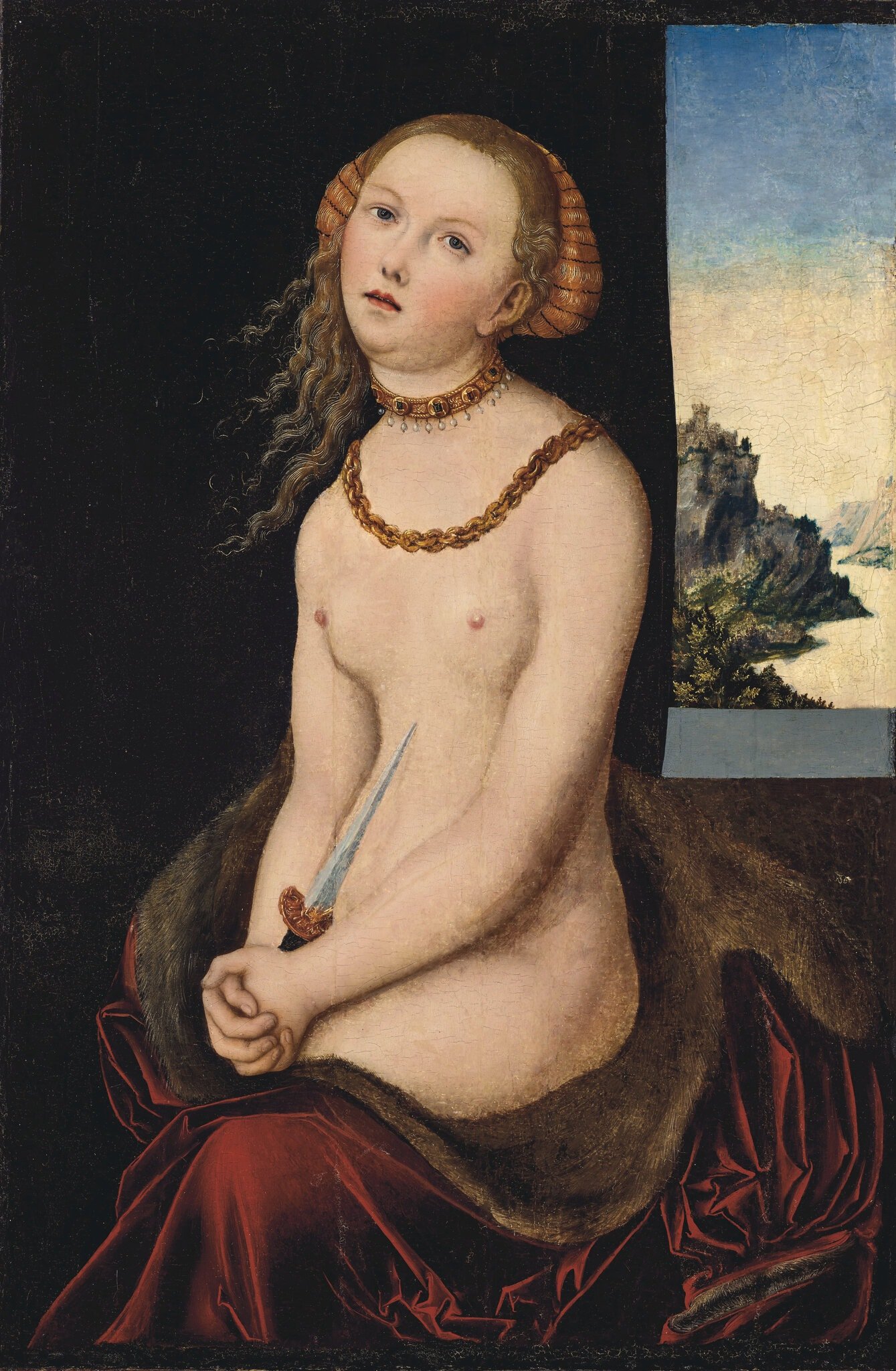
Twelve works from the collection of the Brooklyn Museum, including examples by the Renaissance Master Lucas Cranach the Elder and the Realist pioneer Gustav Courbet, are hitting the auction block at Christie’s next month.
Proceeds from the sale of the artworks, which are estimated to go for between $30,000 and $1.8 million each, will be put toward the management and care of the rest of the Brooklyn Museum’s collection, which includes some 160,000 objects, according to the New York Times.
The museum, which has long struggled with financial difficulties that have only been compounded since its forced closure in March, hopes to build out a $40 million endowment that can generate $2 million per year for the maintenance of its artworks. Some of that money would also go to paying the salaries of curators, conservators, and other entrusted with overseeing the institution’s treasures.
The Christie’s sale marks the first time a major US museum has taken advantage of loosened regulations by the Association of Art Museum Directors, which in April issued a policy allowing institutions hit hard by the economic crisis to sell works from their collections in order to survive.
Previously, the association censured museums that sold works for reasons other than to raise funds for new acquisitions.
“This is something that is hard for us to do,” Anne Pasternak, the Brooklyn Museum’s director, told the New York Times. “But it’s the best thing for the institution and the longevity and care of the collections.”
Among the other works on sale in the Christie’s auctions, which take place on October 1 and 15, are pictures by Camille Corot and the Barbizon school painter Charles-François Daubigny. The star of the lot is Cranach’s Lucretia (cirica 1526–27), which is expected to sell for $1.8 million.
According to museum officials, deaccessioning the works will not greatly hurt the museum’s collection.
The paintings “are good examples of their kind but don’t diminish our collections in their absence,” Pasternak told the Times. “We have a deep collection of high-quality art, but we have works that—like many museums of our size—have not been shown ever or for decades.”
This is the second auction of works from the museum’s collection in less than a year. Last November, it sold off a major Francis Bacon work, Pope (1958), for $6.6 million, just above its low estimate, to refocus its “institutional collection priorities” by buying new works.